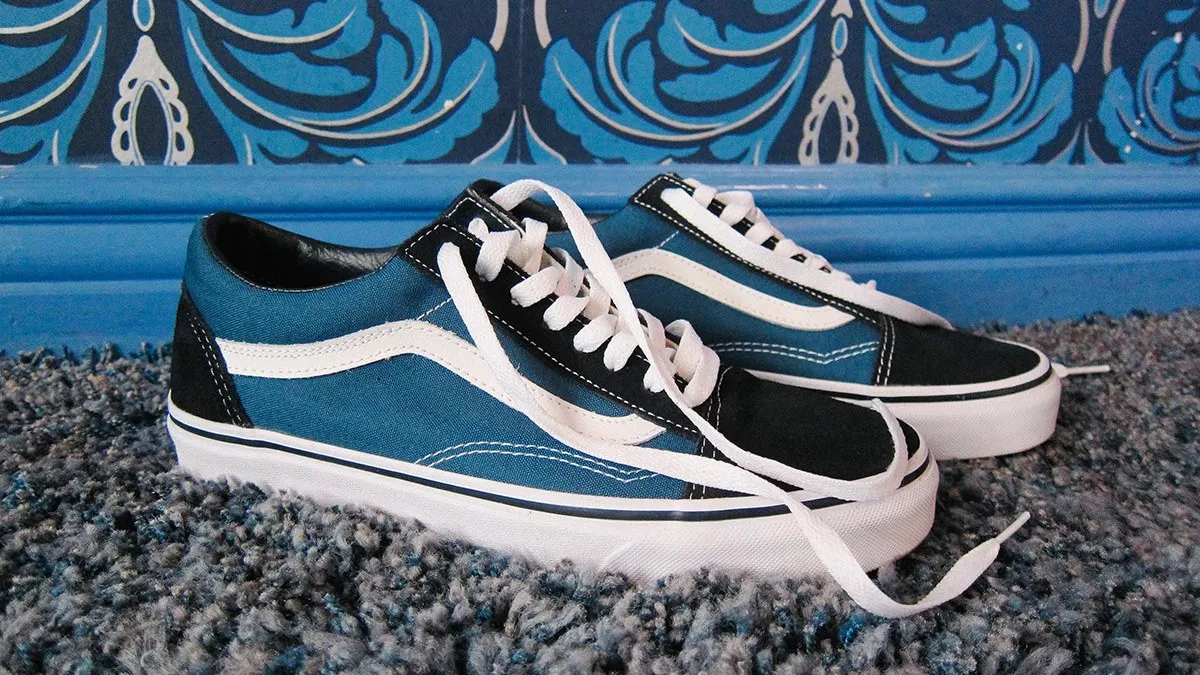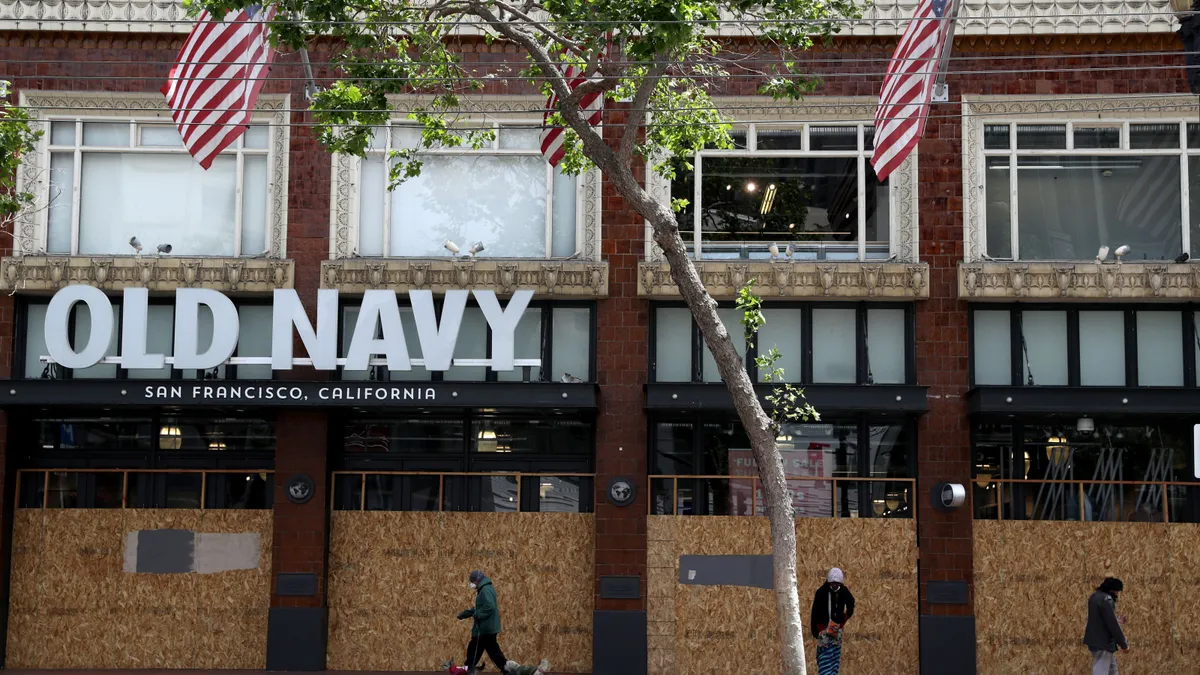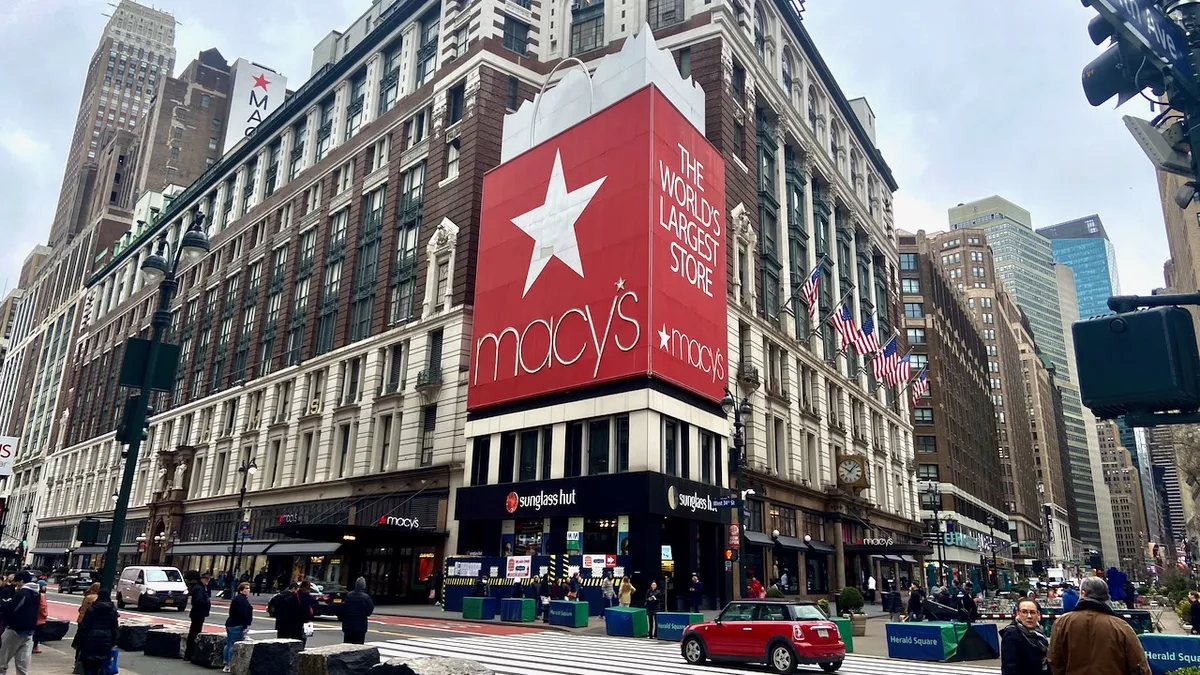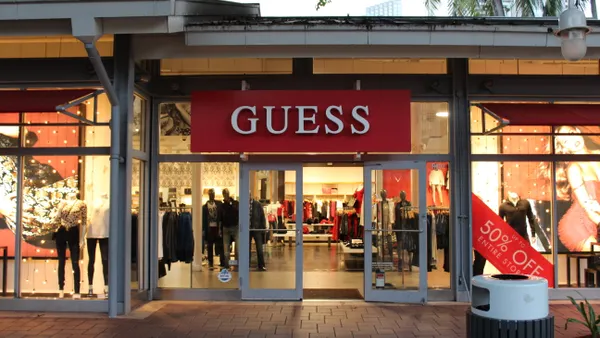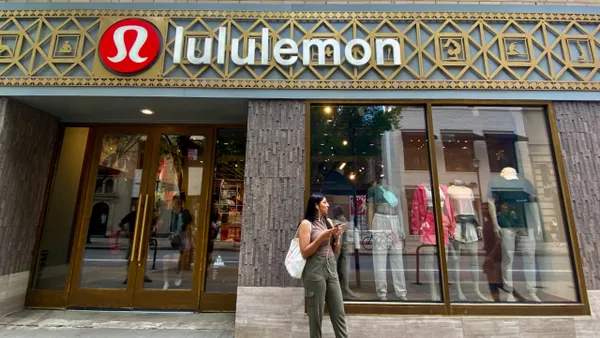Dive Brief:
-
VF Corp. on Wednesday reported that first quarter revenue rose 6% to $2.3 billion; excluding both acquisitions and divestitures, revenue rose 9%, driven by its largest brands, international and direct-to-consumer sales, plus strength in its active and outdoor segments. Wholesale revenue rose 2% and direct-to-consumer revenue rose 14%; within the latter, digital revenue rose 24%, the company said.
-
Active segment revenue rose 8%, including a 20% boost from Vans, according to a company press release. Outdoor segment revenue rose 7%, including a 9% increase at The North Face and two percentage points in revenue growth from acquisitions, the company said.
-
Net income tumbled 69% to $49.2 million from $160.4 million in the year-ago quarter. Gross margin expanded by 140 basis points to 54.4% as adjusted operating income rose 23% to $163 million. The company said it expanded its store count from a year ago by 45 to 1,427.
Dive Insight:
This quarter launches VF's first fiscal year without its jeans business, which it spun off last year into a separate company now dubbed Kontoor.
Executives, speaking on a conference call Wednesday morning from their new Denver headquarters, expressed confidence in the newly structured company's future, saying that its 2023 target to reach $5 billion in revenue is on track. They raised their outlook for the year, saying that they now expect revenue to rise about 6% to $11.8 billion, up from their previous expectation of between $11.7 billion and $11.8 billion. Direct-to-consumer revenue is now expected to increase some 10% to 12%, including 25% growth in digital, up from the previous expectation of an approximate 9% to 11% increase.
Vans remains a standout in the VF portfolio, and the company continues to leverage its momentum with collaborations and themes like David Bowie, Harry Potter, Supreme, Frida Kahlo and Pride. "Vans continues to be strong, resonating with consumers on a global scale," Jane Hali & Associates analysts said in comments emailed to Retail Dive. "Skate and streetwear remain key trends with global popularity. Vans continues to partner with various brands, artists and filmmakers to create unique capsules. In Q1, we noted a variety of releases that resonated with consumers."
But even that brand has some challenges. "We continue to see strength in Vans and believe the separation of the denim brands will boost the company's performance," Jane Hali said. "However, there was some deceleration in the Vans business in [the Asia-Pacific region] (from sales growth of 41% in Q3 to 13% growth in Q4), the company stated that some of the decline was related to wholesale shipment timing."
Vans, The North Face and Timberland all offer good experiences in stores, Hali also said. "The stores capture the essence of the brands, we see customization in-stores and some stores also have cafés."
If the company is to continue to bank on direct-to-consumer sales with a large contribution from e-commerce, it may need to improve its digital platform, however. "Online we continue to believe Vans and Timberland could use a digital facelift," Hali analysts said. "[The North Face] has a good online experience and is more modern [and] also has an excellent app, while Vans only has a rewards program app. TNF and Vans only allow consumers to reserve items in-store."



